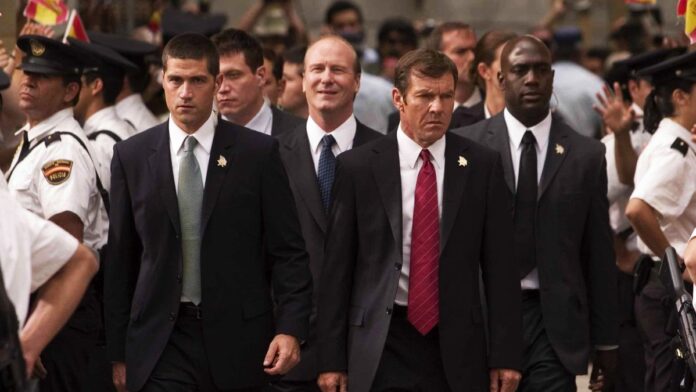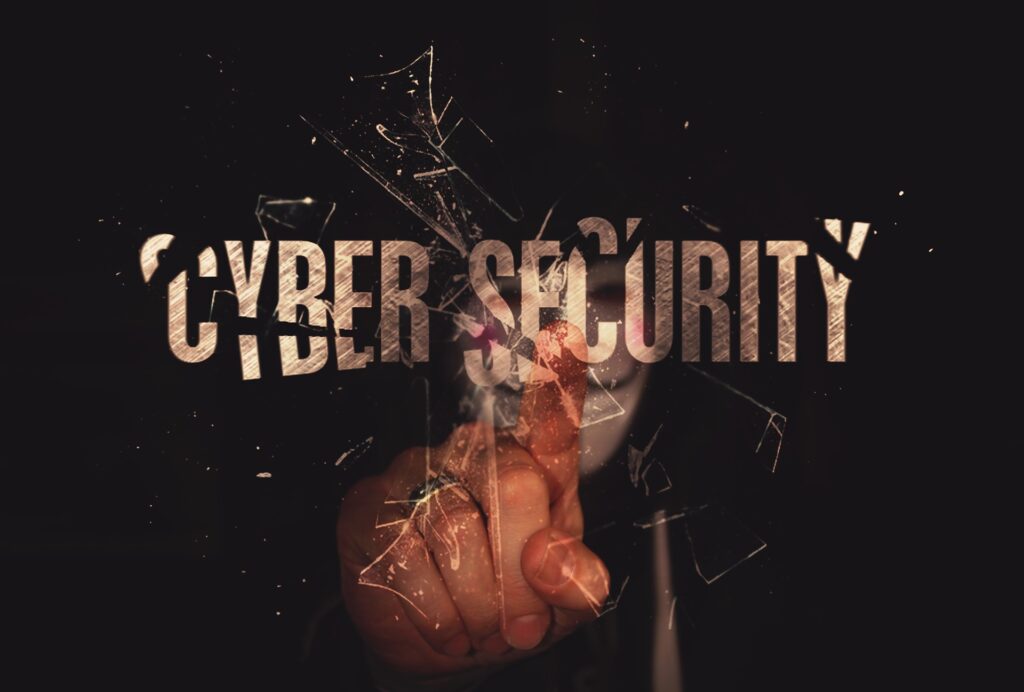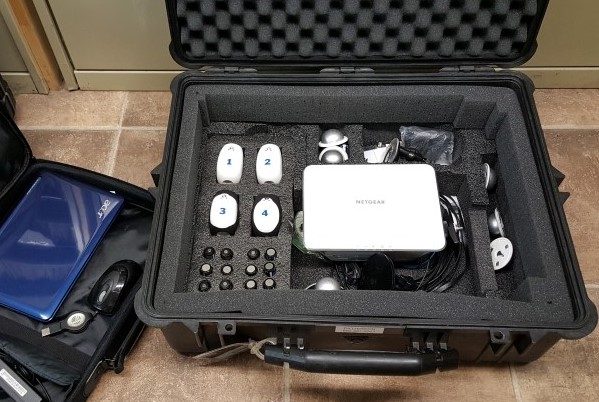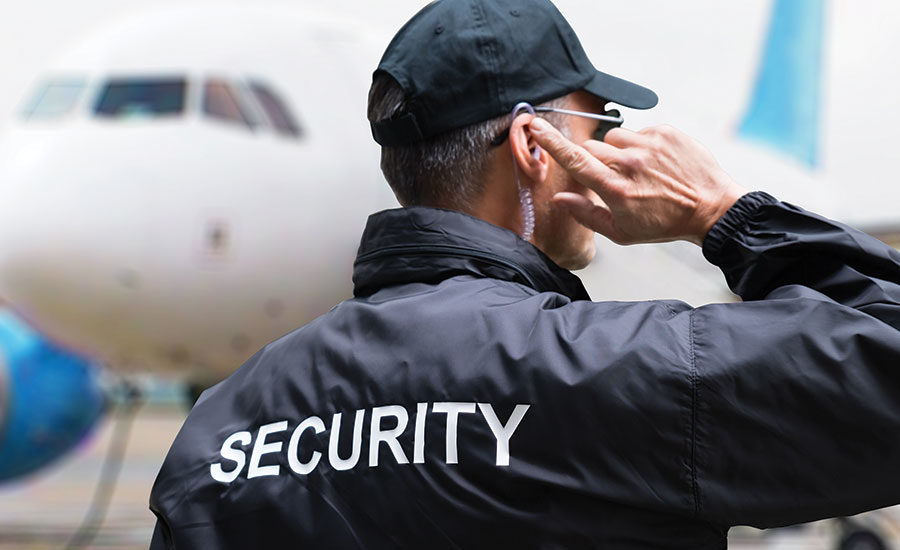When you type in executive protection movies into your preferred browser, you will probably get some interesting recommendations. They mostly originate in Hollywood’s kitchen and revolve around relationships.
Those between the client and the executive protection agent, between potential attackers and principals. However, there’s more to executive protection movies than meets the eye.
For starters, these movies discuss what’s going on behind the curtains and explain the intricacies of EP. Yet somewhat unrealistically.
As expected, all the stories are dramatized but still nicely depict the dangers of the job. Although many aspects are exaggerated for dramatic purposes, some features still resonate with EP agents. And we will discuss those as well.
In most movies, the industry specialists ― and not the clients ― act as the ultimate decision-makers. In contrast, many experts recommend that EP agents listen to the principal to match security measures with their lifestyle. By doing so, they will learn how to be flexible. And flexibility is the next best thing.
You need flexible travel risk assessments. Also, you need flexible plans. Finally, you always require some flexibility while offering protection services.
Note that we didn’t say that principals should determine the next move of the EP agent. Instead, they should be in touch and share as much information as possible.
The Transgressions of EP Movies
Executive protection isn’t about having a few big guys with earpieces and sunglasses around a client. Still, that’s precisely how TV shows and movies describe this profession. If you have ever watched Vantage Point, Taken, or Man on Fire, you know what we mean.
The main characters’ impeccable skillset and outstanding manhood exude a sense of certainty of how the act will play out. Usually, the spectators assume that our EP heroes will defeat the villains and that a happy ending will ensue. That’s why they are called movies.
If anything, you cannot expect certainty in executive protection. There is absolutely no assurance of anything. Even if you plan well and implement all tactics, you can’t be confident of anything. Of course, your flawless plans will reduce the risk potential, but the hazards won’t disappear. They are ever-present and ever-evolving.
And this is what bothers most executive protection agents when they watch any self-declared EP movie. People working in the industry, on the ground, pride themselves on being more than a bodyguard. Although this can sound offensive, there is some truth to it. Bodyguards usually use brute force to defend the client and don’t invest much in planning and contemplation.
That’s where executive protection agents come in. They are an advanced version of protectors. They are planning machines, they are on point, they got everything covered.
Except when they don’t. Humans are flawed, and slips happen all the time.
Finally, we also have some criticism to throw at executive protection movies. They present EP agents and bodyguards either as infallible creatures who think through every detail or as simple-minded soon-to-be cannon fodder. This binary approach is the farthest from the truth, as you probably guessed by now.
Nevertheless, movies are movies because they have people acting in them. And spectators want to see something exciting, and not some boring routines that EP agents perform daily.
Let’s face it. For the most part, EP work is pretty slow and uninteresting. You only hear about it when an incident occurs or when a celebrity gets pied.

The Best EP Related Movies to Watch Now
One EP agent who preferred to stay anonymous says that executive protection movies do not show the long hours of waiting for a client. Out there, in the cold or heat. In the rain or a dangerous environment where somebody could strike you at any point. No movie portrays that aspect of executive protection. Why? Because it looks dull.
In that case, thank God for movies that show us only the fun parts. Who would want to watch a film with an EP agent waiting 5 hours in front of a hotel? Exactly.
Remember this quote?
If you are looking for ransom, I can tell you I don’t have money. But what I do have are a very particular set of skills, skills I have acquired over a very long career, skills that make me a nightmare for people like you. If you let my daughter go now, that’ll be the end of it. I will not look for you. I will not pursue you. But if you don’t, I will look for you, I will find you, and I will kill you.
If you said Liam Neeson, you guessed right.
The drama and tension in this single quote pump us up and increase enjoyment while watching. We don’t think about the rational aspects. Is this actually something an EP agent would say and do? How come the kidnappers found out about his family? And a slew of other questions.
Not intending to ruin your fun with our candid rationality, here are our top picks.
Vantage Point
This movie is a multiple-angle blockbuster. Two state-of-the-art agents, Thomas Barnes and Kent Taylor are supposed to protect the US president during his visit to Spain. However, somebody shoots the president, and an American tourist’s camcorder may be the only way to establish the shooter’s identity. This movie is an American political action thriller by Pete Travis and written by Barry L. Levy.
Man on Fire
Former CIA operative John Creasy is protecting the 9-year-old daughter of a wealthy Mexican businessman. At one point, somebody kidnaps her, and Creasy has to fight corrupt law enforcement and criminals to save her. Some may argue that the movie perfectly explains the unexpected dangers in the executive protection industry. Still, the story behind the film isn’t that common in this line of duty.
Taken
We know we already said that EP specialists don’t have a favorite in movies of this sort. Nevertheless, Taken, a 2008 English-language French action-thriller film, is probably the most engaging one of all. Luc Besson and Robert Mark Kamen wrote the script, while Pierre Morel directed it.
As new sequences appeared, the hype grew, and people started attributing the movie’s situations to the EP industry. As wrong as that may sound, the Taken series leaves no one indifferent.
Finally, when you watch any movie, just enjoy it, and don’t think about its accuracy. There is a reason why executive protection agents don’t have a favorite but still watch them.
Everybody knows the Matrix franchise is unrealistic, but do people still watch it?






















